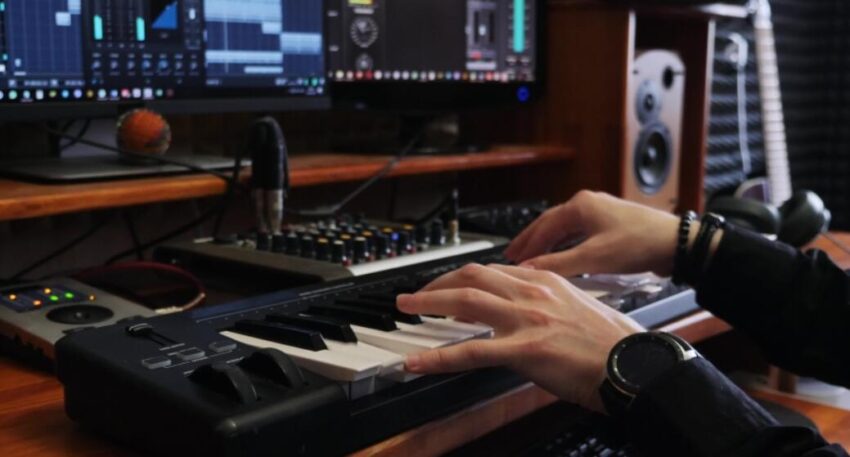What you might not know is that the midi keyboard has proven to be the source of new energy in music. Whether you are a musician or a producer, you will always find great value in this tool. So, how to use a Midi keyboard? Let’s see how to get started!
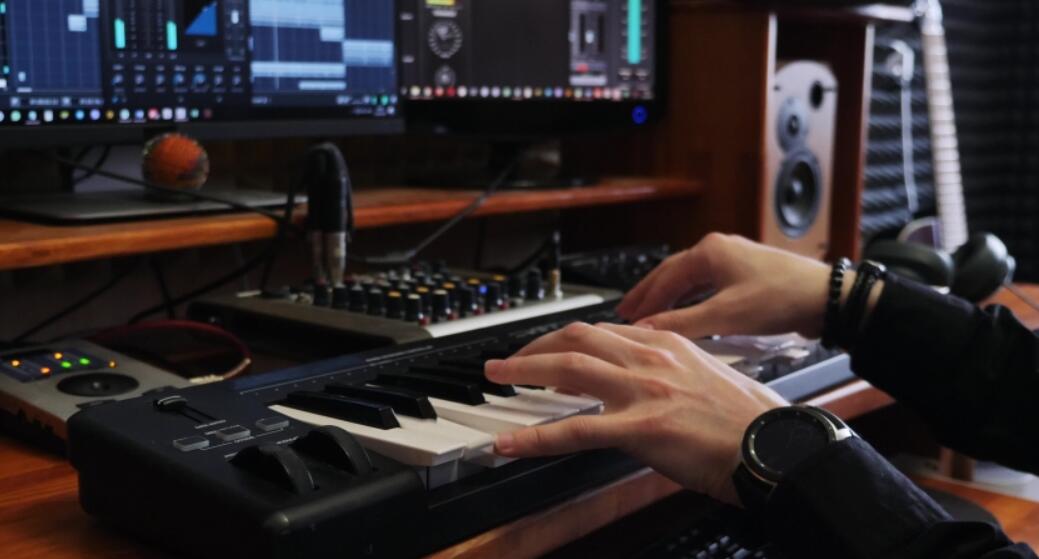
What is a Midi Controller Keyboard?
The MIDI controller keyboard is a communication tool that allows digital music to speak the same language. You might consider it as a protocol whose role is to allow musical instruments, computers, and other hardware to communicate with ease. Ideally, MIDI is an acronym for Musical Instrument Digital Interface.
It will suffice to mention that this keyboard usually controls or commands a MIDI-equipped device. As long as you press a key on this keyboard or pad, you will have created a MIDI message. This message is then sent to the said device using a MIDI or a USB cable.
It will be unfair not to mention that the MIDI messages could be either MIDI CC or MIDI notes. While MIDI CC allows you to send a relatively broader range of data, MIDI notes act like switches that you can turn on or off anytime.
Did you know that MIDI was developed in the early 1980s? Its development aimed at standardizing the ever-growing amount of digital music hardware. Simply put, it allowed manufacturers to make their musical products compatible with those from other brands.
How to Get started with a MIDI Keyboard?
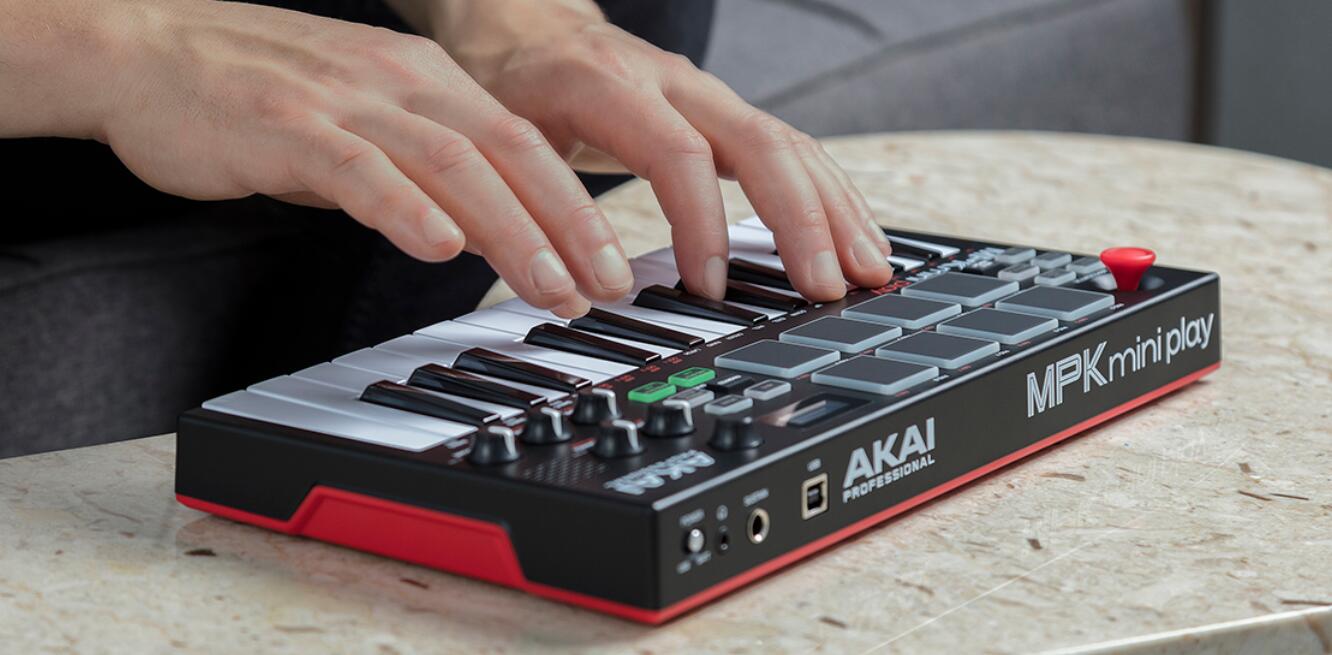
Various elements go into the successful use of the MIDI keyboard. It will always be vital for you to understand what variables will be critical in this pursuit, as it will cushion you against wasting time.
As mentioned, you can hardly overlook the prominent role that MIDI plays in music production. Here are a few things you will want to keep in mind.
-
Elements of MIDI keyboard
MIDI keyboards come with multiple aspects, which will be vital in giving you the experience you so desire in the long run. These keyboards come in different sizes, which feature between 25 and 88 notes. They come with drum pads as well as buttons that control your recording software.
-
Transmission
MIDI transmits information only, and not audio as you might be thinking. That implies that it comes with no onboard sound source such as a sampler or a synth.
It is for this reason that it will never make any sound. For instance, if you connect your MIDI to a DAW, you will merely be feeding it information.
What makes this tool outstanding is its enhanced performance in editing. Usually, you will be free to edit any of your performances note by note. Whether you need to change the articulation or even replace the sound, this transmission will come in handy for you.
-
Connecting to the Computer
For MIDI to work, you will first need to connect to the computer. Having a laptop allows you to try different musical notes manually and even play them on the same keys.
How to Connect Midi Keyboard to the Computer?
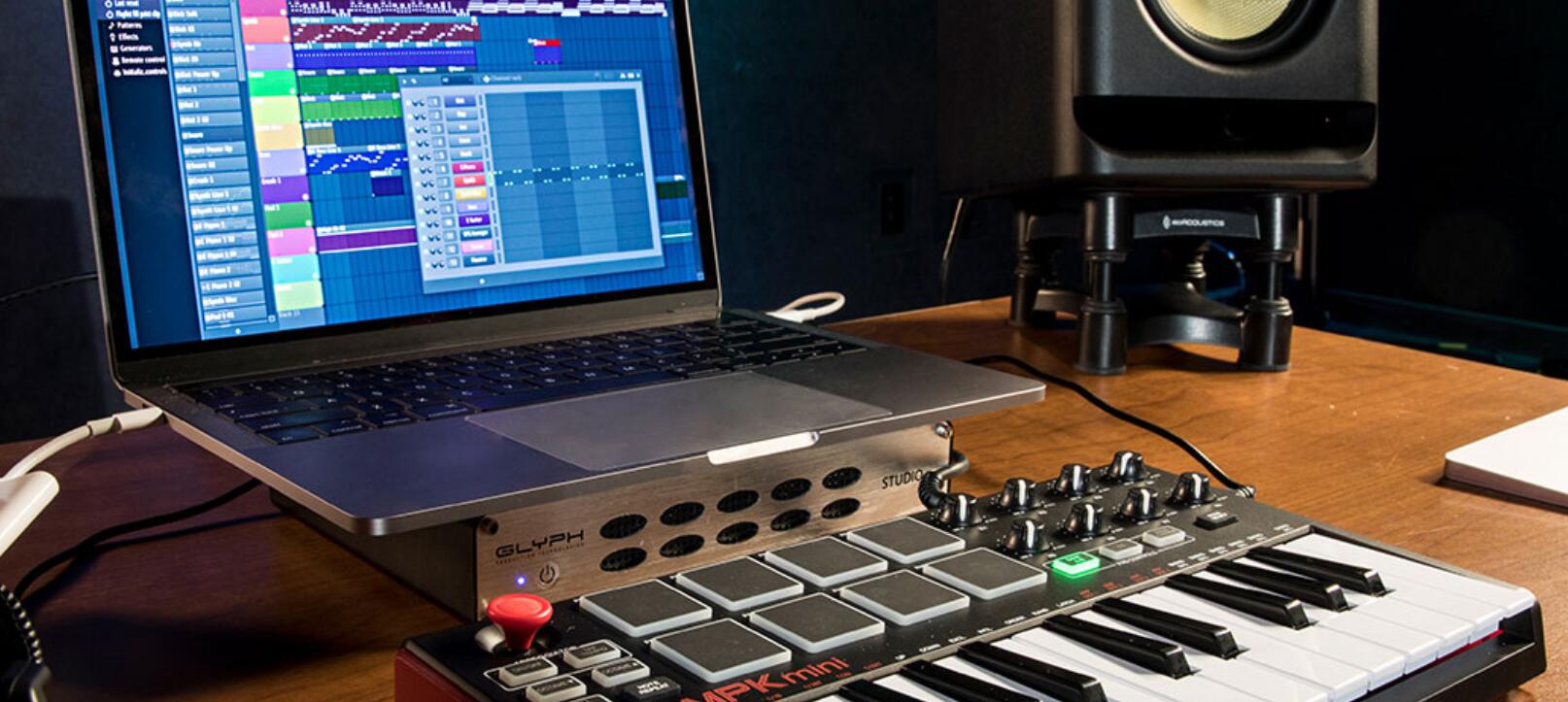
This step will always be the most vital, as it dictates how much you will enjoy the set up in the long run. Usually, you will be sure of multiple connection options, depending on the type of connection at your disposal.
Here are the three most common approaches:
-
USB Connection
You can hardly doubt how straightforward this type of connection tends to be. Notably, MIDI keyboards come with a USB type-B jack in the back, which allows you to connect your USB cable effortlessly.
Take the time to join the other end to the type-A jack of your computer. Remember, this approach does not need multiple connections, giving you the convenience you need.
-
MIDI Cable
Unfortunately, not all computers have a USB function. If yours is such, this MIDI cable will come in handy. This cable is not only simple to set up but also reliable.
Ideally, its role is to connect the keyboard to the MIDI interface, which initiates the setup. While at it, you will witness that most keyboards do not come with this cable. It is for this reason that you should be ready to buy yourself one.
-
MIDI Interface
This option is yet another reliable pathway you could consider. This interface plays a significant role in translating the connection between a USB and the MIDI. However, you will need a stable MIDI keyboard driver for this to work.
Installing Music Production Software
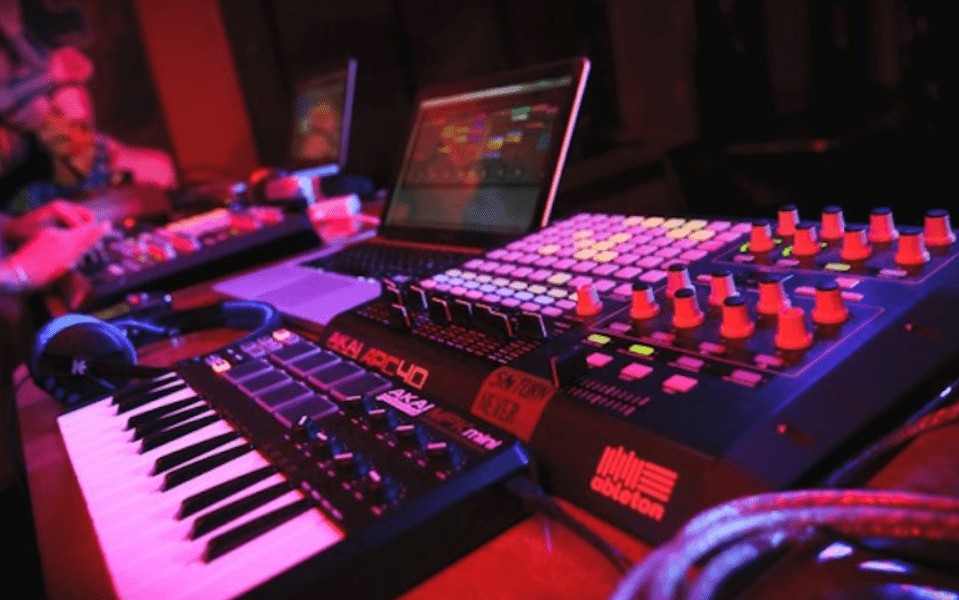
Did you know that without the right music software, you will never realize the ultimate musical experience? Well, installing a music production software will often be the first step towards your dream. However, there are steps you will need to follow when installing DAW for your MIDI. These steps will include the following.
-
Check the Specs of Your Computer
Always ensure that your computer can run this software comfortably. The best computers for this software will have features like a memory above 4GB and at least an i3 processor.
-
Download the Preferred DAW
Various of DAWs are available for you to download. However, it will be right for you first to install a trial. Check whether you need a 32 or 64-bit software and install it.
-
Set Up an External Audio Interface
As mentioned, this keyboard comes with no audio interface. As such, you will need to choose a preferable option and utilize it.
-
Configure the Software
The process of configuring is relatively simple, as you will have guidelines all through. It will also vary with the software that you are using.
-
Install Plugins
Nothing will be as integral in your ultimate experience as having the right plugins. Take the time to find a matching option and install it. Run it on your computer, and you will be good to go.
Tips for Using A MIDI Keyboard
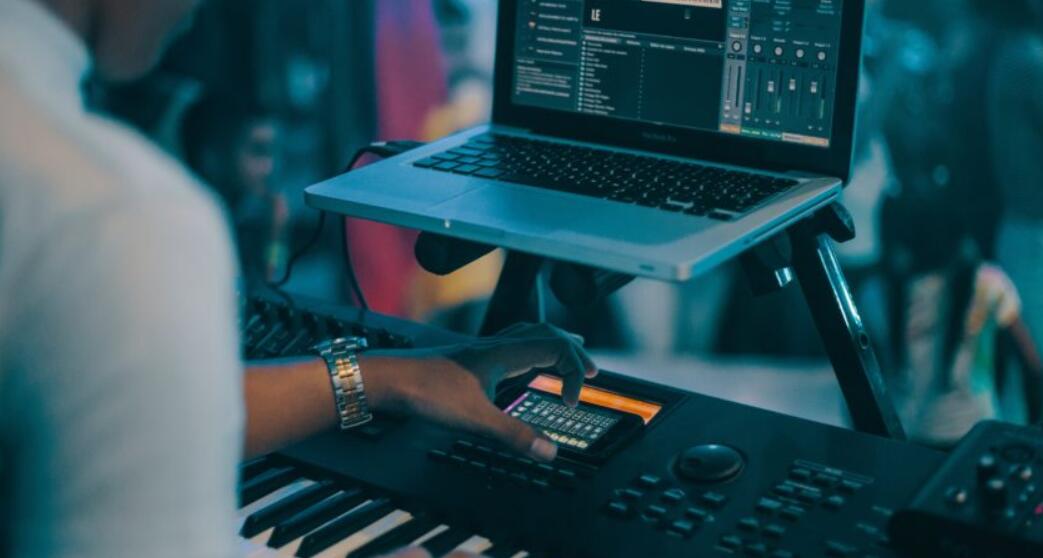
Having a few tips on how to use your MIDI will always come in handy for you. Most often, it will be vital for you to consider the following tips when in this pursuit.
-
Embrace MIDI Limiting
If you intend to add velocities to your experience, it will be valuable for you to come up with limits. Remember, there will be no extra hardware needed in this.
-
Have Enough Space
Undoubtedly, most people will always want a little bass. If you are such a person, it will be vital to consider lifting your fingers off the strings for a while.
-
Use MIDI FX for Songwriting
Are you writing a song? MIDI FX is all you need, as it helps in inserting the quantization effects in the long run.
-
Use the Library
MIDI prides itself on a comprehensive library that you might want to use from time to time. If you need controller patterns to embrace, this is where you will go. Besides, you will be free to drag whenever necessary.
-
Not All Software has the Same Effect
Take the time to identify software that gives you the ultimate effect, as each of them brings a different thing to the table. Once you identify whatever offers you the ultimate effect, go for it.
- Compact keyboard controller easily fits backpack and studio production desk (12.4" long, 1.6 lbs)
- Powered by USB connection to computer, with free virtual-instrument download packages
- Crammed full of all the features you need to play and edit musical ideas
- 25-synth-action mini-keys, 8 velocity-sensitive rubber drum pads with two banks, and eight assignable control knobs
- Dedicated buttons for Note Repeat, Full Level, and Octave Up and Down
- 1400 Sounds and Everything You Need For Pro Production: Production software package for Mac and PC included: Akai Pro MPC Essentials, SONiVOX Wobble, and Hybrid 3 by AIR Music Tech (downloads)
- Pro Keyboard Performance - 61 semi-weighted, velocity-sensitive full-size keys and a premium piano-style keybed for unprecedented response and natural feel
- Beat Making Essentials - 16 RGB-illuminated MPC-style pads each with 4 banks for 64 pads - the perfect solution for triggering samples, loops, one-shots, melodics and more
- Assignable Control - 24 assignable Q-Link controllers comprising 8 control knobs, faders and switches engineered for hassle-free DAW / virtual instrument mapping
- Your Studio Centerpiece - Take command of your peripheral MIDI equipment courtesy of an onboard USB-MIDI interface with 5-pin MIDI input and output
- Core MPC Tools - MPC mainstay controls included - MPC Note Repeat, arpeggiator, MPC Full Level, Tap Tempo and Time Division
- Comprehensive Production Software Package for Mac and PC included - Ableton Live Lite, Hybrid 3 by AIR Music Tech and Xpand2(downloads)
- The MPC Production Experience - Includes MPC Beats Software complete with the finest features and essential production tools from the Akai Professional MPC Series
Final Words
As you seek to improve your musical experience, you can hardly ignore how critical MIDI keyboards will be to you. From improving your rhythmical flow to creating the best melodies, this is all you can ever need. As long as you understand how to set it up, you will have no reason to worry. How about you get yourself one today?

